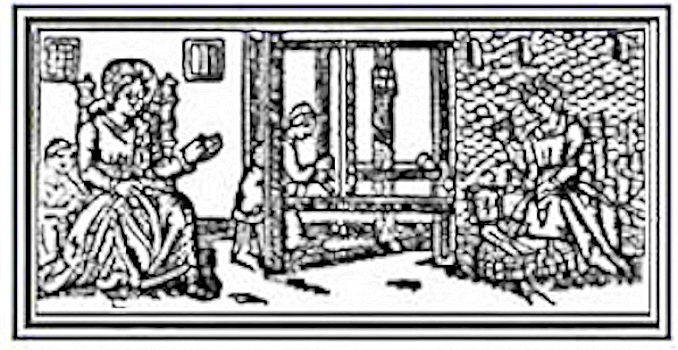Once the yarns or fiber have been soaked in a mordant solution, they are ready for the dye bath. The mordanted yarns can also be dried and stored for dyeing at a later time. In this project, I am sampling to see what colour range I can achieve through a simple overdye technique.
I am using 3 fairly easy to find natural dyes:
Brazilwood, Osage Orange and Saxon Blue Indigo
Saxon Blue Indigo solution (blue). I prepared each dye bath in separate pots and divided the yarn skeins evenly between each pot (both Tin and Alum mordanted skeins). I left the skeins in each pot to simmer for about 45 minutes to 1 hour. When I was happy with the depth of colour, I removed 1 skein from each pot, rinsed and hung it up to dry. This was my original sample of each colour.
With the remaining skeins, I wanted to overdye them in the other dyepots to see what colours would emerge. I then removed two thirds of the skeins from each pot, and put them into the other 2 pots. That is, if there were 18 skeins left in the Brazilwood pot, I removed 12 (6 Tin, 6 Alum) and placed 6 (3 Tin, 3 Alum) in Indigo and 6 (3 Tin, 3 Alum) in Osage Orange. I let these simmer for about 1/2 hour and then removed a sample from each pot. For the remaining skeins, if I liked the colour that was developing, I left them in the pot to deepen.
If I didn’t like the colour, I removed the skein and put it in another one of the dyepots for a bit longer. When I removed all of the skeins, there was still lots of colour left in the dyepot. As I don’t like to waste good dye, I placed some other premordanted skeins of yarn into the pots and let them simmer.
I used fairly light concentrations of dye as I was not dyeing a large amount of fiber and I wanted to achieve fairly light, pastel tones for this project. A larger concentration of dye will result in deeper colour and more afterbath solutions. I won’t go into details of how I mixed the dyes, in this article but you can find more information and dye recipes on this website as well as elsewhere on the net. Experiment and have fun.
Shop for Natural Dyes at Paivatar.com
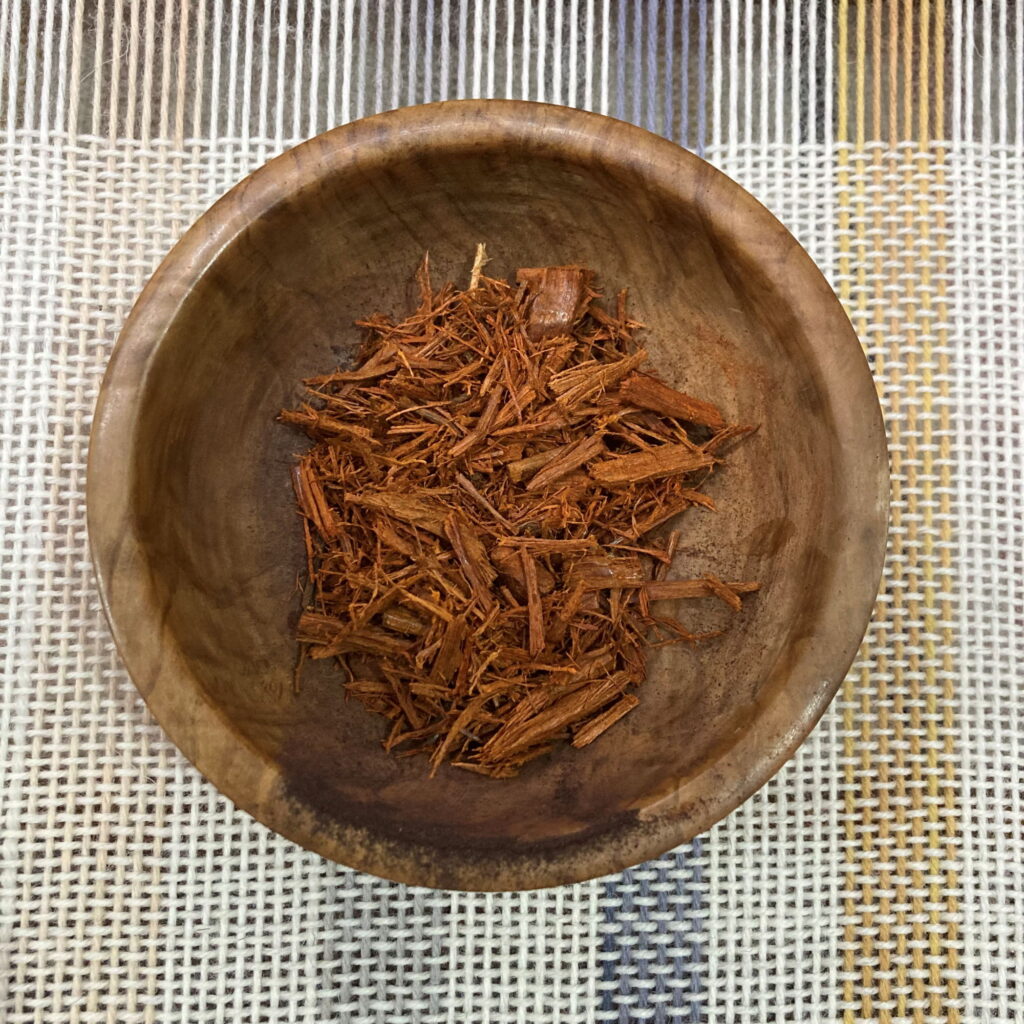
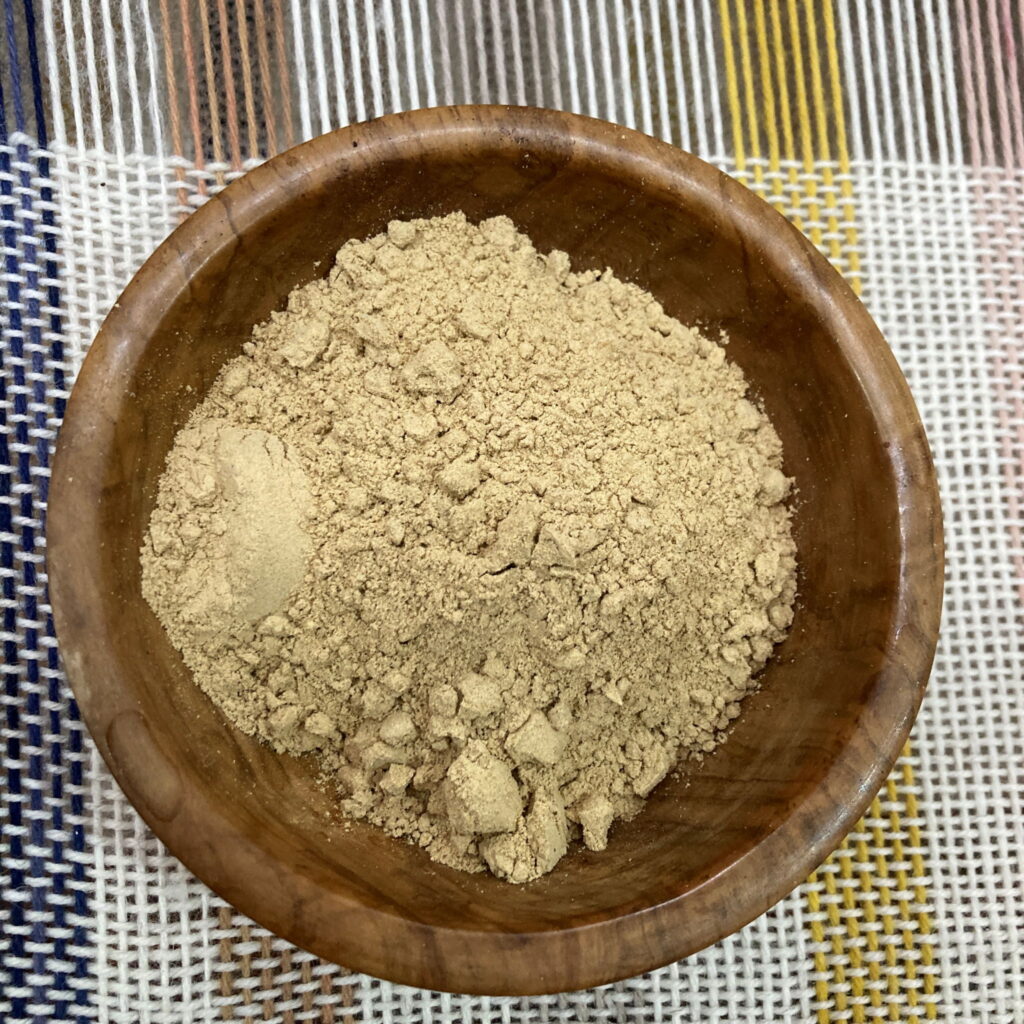
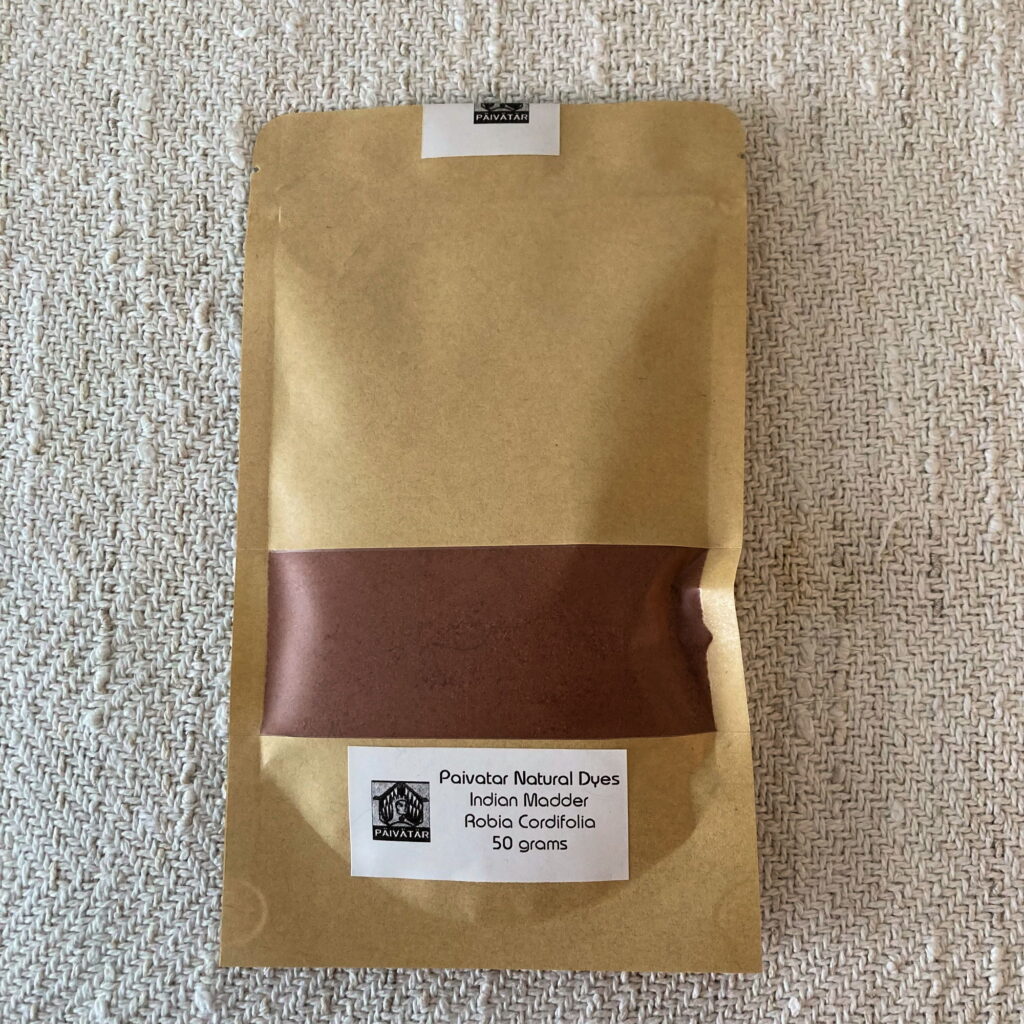
Woad Vat
Himalayan Rhubarb Dye
How to Scour and Mordant Cotton
Using Natural Dyes and Mordants-Part 1.
Natural Dyes and Recipes
Natural Dye Books
Wild Color, Revised and Updated Edition: The Complete Guide to Making and Using Natural Dyes
Botanical Colour at your Fingertips
The Modern Natural Dyer: A Comprehensive Guide to Dyeing Silk, Wool, Linen and Cotton at Home
A Weaver’s Garden: Growing Plants for Natural Dyes and Fibers
The Rainbow Beneath My Feet: A Mushroom Dyer’s Field Guide
Harvesting Color: How to Find Plants and Make Natural Dyes
A Heritage of Colour: Natural Dyes Past and Present by Jenny Dean (2014-06-10)
Wild Color, Revised and Updated Edition: The Complete Guide to Making and Using Natural Dyes
The Art and Craft of Natural Dyeing: Traditional Recipes for Modern Use
EBAY – NATURAL DYES
NATURAL DYES – US
NATURAL DYES – UK
 LONGTHREAD MEDIA VIDEO
LONGTHREAD MEDIA VIDEO
 LONGTHREAD MEDIA SUBSCRIPTIONS
HANDWOVEN MAGAZINE
PIECEWORK MAGAZINE
SPINOFF MAGAZINE
LEARN LONGTHREAD MEDIA
PAIVATAR HANDMADE
LONGTHREAD MEDIA SUBSCRIPTIONS
HANDWOVEN MAGAZINE
PIECEWORK MAGAZINE
SPINOFF MAGAZINE
LEARN LONGTHREAD MEDIA
PAIVATAR HANDMADE
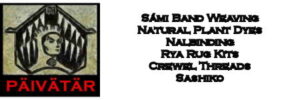 Paivatar on YouTube
Visit my YouTube channel for how-to craft videos.
Paivatar on YouTube
Visit my YouTube channel for how-to craft videos.
Or Please visit my Channel on Rumble for more how-to videos.
https://rumble.com/Paivatar
LIVE STREAMS - Paivatar Studio
KICK
TWITCH MAKERS&CRAFTING
YOUTUBE
Categories: NATURAL DYES
